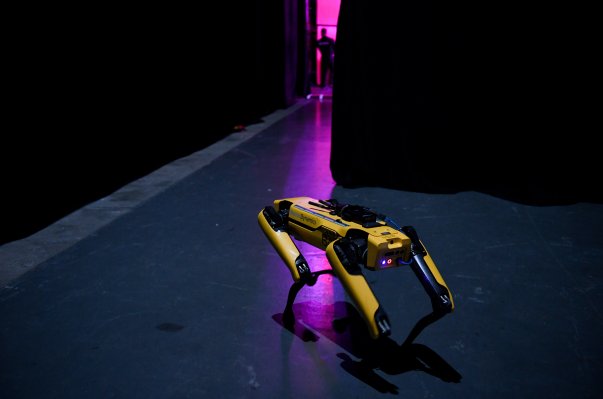
Boston Dynamics’ robot “dogs,” or similar versions thereof, are already being employed by police departments in Hawaii, Massachusetts and New York. Partly through the veil of experimentation, few answers are being given by these police forces about the benefits and costs of using these powerful surveillance devices.
The American Civil Liberties Union, in a position paper on CCOPS (community control over police surveillance), proposes an act to promote transparency and protect civil rights and liberties with respect to surveillance technology. To date, 19 U.S. cities in have passed CCOPS laws, which means, in practical terms, that virtually all other communities don’t have a requirement that police are transparent about their use of surveillance technologies.
For many, this ability to use new, unproven technologies in a broad range of ways presents a real danger. Stuart Watt, a world-renowned expert in artificial intelligence and the CTO of Turalt, is not amused.
Even seemingly fun and harmless “toys” have all the necessary functions and features to be weaponized.
“I am appalled both by the principle and the dogbots and of them in practice. It’s a big waste of money and a distraction from actual police work,” he said. “Definitely communities need to be engaged with. I am honestly not even sure what the police forces think the whole point is. Is it to discourage through a physical surveillance system, or is it to actually prepare people for some kind of enforcement down the line?
“Chunks of law enforcement have forgotten the whole ‘protect and serve’ thing, and do neither,” Watts added. “If they could use artificial intelligence to actually protect and actually serve vulnerable people, the homeless, folks addicted to drugs, sex workers, those in poverty and maligned minorities, it’d be tons better. If they have to spend the money on AI, spend it to help people.”
The ACLU is advocating exactly what Watt suggests. In proposed language to city councils across the nation, the ACLU makes it clear that:
The City Council shall only approve a request to fund, acquire, or use a surveillance technology if it determines the benefits of the surveillance technology outweigh its costs, that the proposal will safeguard civil liberties and civil rights, and that the uses and deployment of the surveillance technology will not be based upon discriminatory or viewpoint-based factors or have a disparate impact on any community or group.
From a legal perspective, Anthony Gualano, a lawyer and special counsel at Team Law, believes that CCOPS legislation makes sense on many levels.
“As police increase their use of surveillance technologies in communities around the nation, and the technologies they use become more powerful and effective to protect people, legislation requiring transparency becomes necessary to check what technologies are being used and how they are being used.”
For those not only worried about this Boston Dynamics dog, but all future incarnations of this supertech canine, the current legal climate is problematic because it essentially allows our communities to be testing grounds for Big Tech and Big Government to find new ways to engage.
Just last month, public pressure forced the New York Police Department to suspend use of a robotic dog, quite unassumingly named Digidog. After the tech hound was placed on temporary leave due to public pushback, the NYPD used it at a public housing building in March. This went over about as well as you could expect, leading to discussions as to the immediate fate of this technology in New York.
The New York Times phrased it perfectly, observing that “the NYPD will return the device earlier than planned after critics seized on it as a dystopian example of overly aggressive policing.”
While these bionic dogs are powerful enough to take a bite out of crime, the police forces seeking to use them have a lot of public relations work to do first. A great place to begin would be for the police to actively and positively participate in CCOPS discussions, explaining what the technology involves, and how it (and these robots) will be used tomorrow, next month and potentially years from now.



